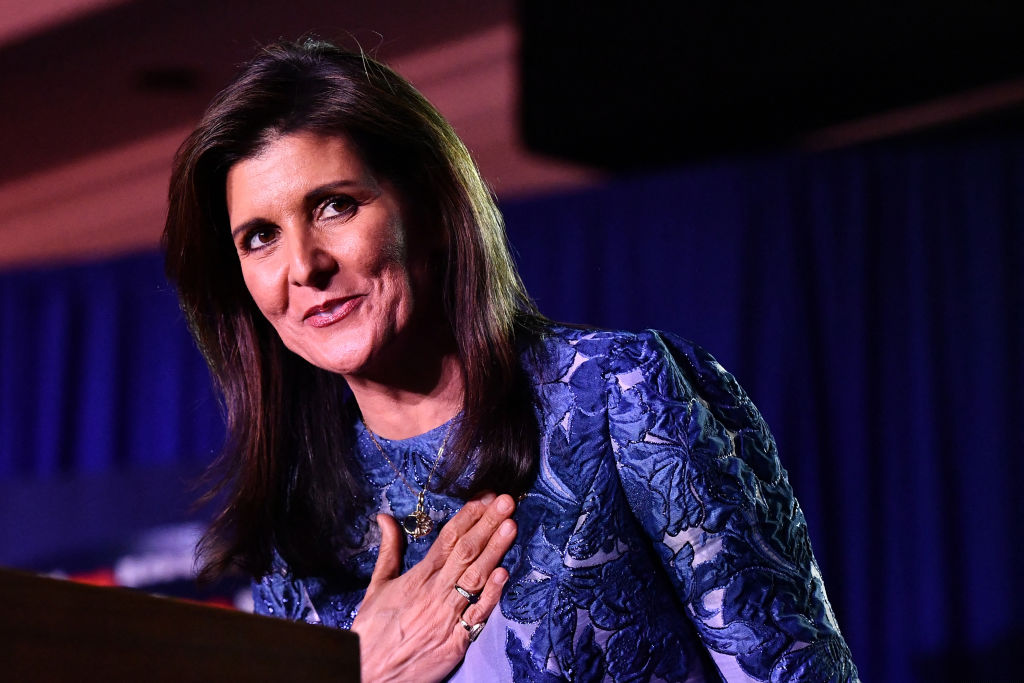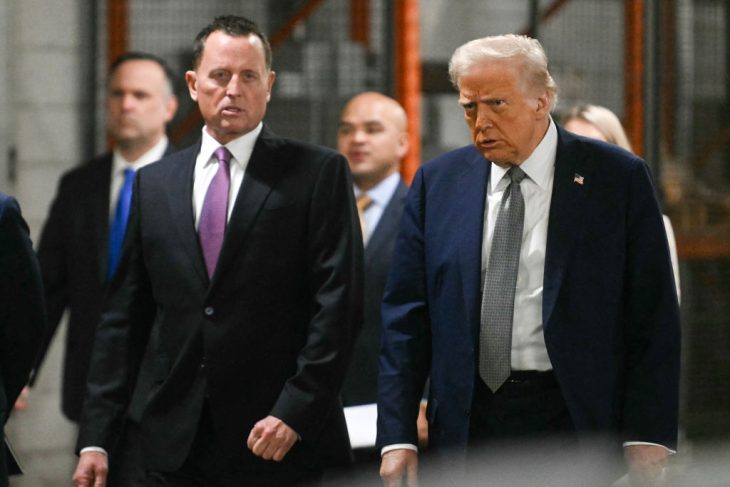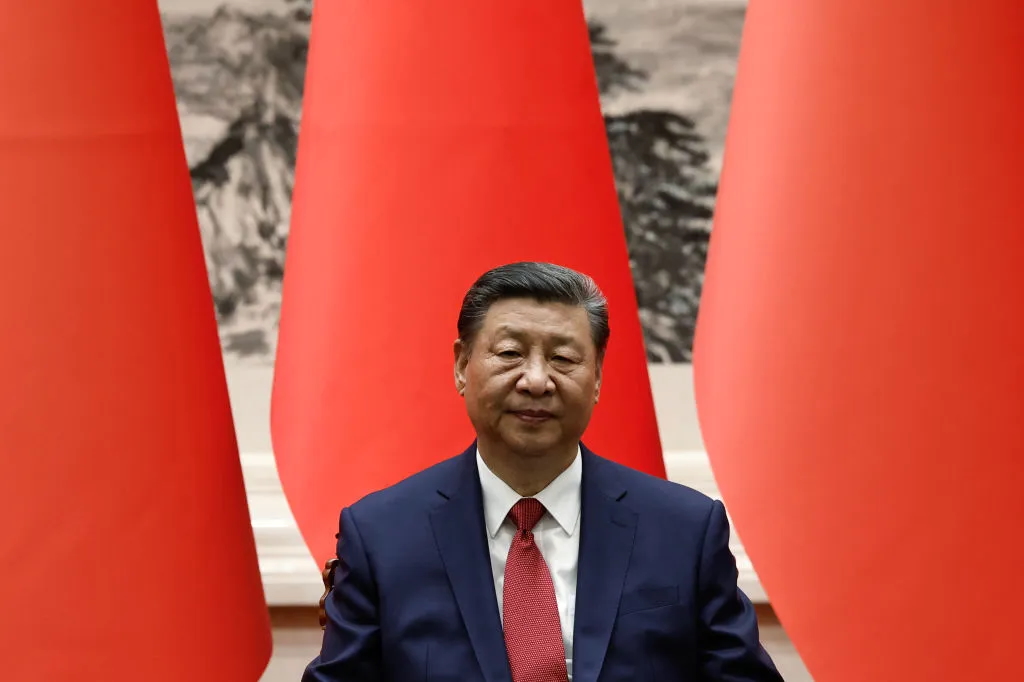Bedford, New Hampshire
Virtually everyone agrees that regardless of the outcome in New Hampshire last night, Donald Trump is destined to be the GOP’s 2024 nominee. In exit polls, even the New Hampshire voters who cast a vote for Nikki Haley agreed. He has all the advantages now — a flood of fresh endorsements from the party establishment, including from his handpicked head of the Republican National Committee, and the clear backing of virtually every major conservative partisan. He has the advantage of incumbency, every party resource working in his favor, no expectations that he will debate or change his rather lackluster approach to campaigning, and the map ahead looks very good for him. The sound you heard from the lovefest victory stage in New Hampshire last night is the sound of inevitability.
And yet… what Nikki Haley pulled off last night could be looked back on ten months from now as nothing more than a brief delay in the inevitable. But it might be more than that. It could be the dynamic people point back to that serves as a warning sound, a blaring bright klaxon indicating danger lies ahead. Because Donald Trump and his vaunted New Hampshire organization couldn’t put Nikki Haley down. Far from it: she overperformed her polls significantly, the recipient of a flood of Independent crossover votes and support from those Democrats who, whether they just wanted an opportunity to embarrass Trump or to express frustration at the dueling-olds ticket on both sides of the aisle, crossed over to vote for Haley.
Either way, for the expectations game, Haley was clearly the victor. She can turn to her flood of new donors who gave to her in December and say: “In less than a month, I solidified my position as the only alternative to Trump, proved my capability to win independents, and got 40+ percent of the vote and just three fewer delegates than Trump in a state that voted for him twice for president.” That’s the kind of appeal that will have more donor support lining up. If you gave Nikki Haley a chunk of change last month, why not double-down?
As Henry Olsen notes, her strides with “somewhat conservative” voters could prove key to how long she stays in the race:
Perhaps most telling is her substantial increase in support from the key Republican faction, those who tell pollsters they are “somewhat conservative.” Caucus states like Iowa tend to be dominated by the activist “very conservative” voters, but the somewhat conservatives usually make up the largest single ideological faction in primary states. That’s the role they played in New Hampshire, comprising 41 percent of the electorate. Haley lost to Trump with these voters, but her 38 percent showing was miles above the 25 percent she garnered in Iowa.
At the end of the counting, Haley’s margin of loss to Trump will be almost identical to Bill Clinton’s 1992 finish behind Paul Tsongas — the race that made him “the Comeback Kid” — and just like Clinton, she came out early to declare her plan to fight on. This means that we can expect a tone shift in the coming days, and a dramatic one at that. The former president has personally barely hit Haley this cycle, with a definitely restrained attitude by Trumpian measures. But that is about to change. And how he attacks her — particularly how women and Independent voters interpret those attacks — could help cement the New Hampshire dynamic as resembling the biggest challenge for the former president in the general.
We know Donald Trump owns the GOP, and his supporters can be confident of his renomination. But that’s not enough to win a presidential election. For that, he needs a big chunk of the kind of voters who went for Haley, too. It’s about more than getting her to drop out. It’s about doing so in a way that doesn’t make the sizable portion of her voters who say they’ll never vote for him in January come back to him by November.


























Leave a Reply